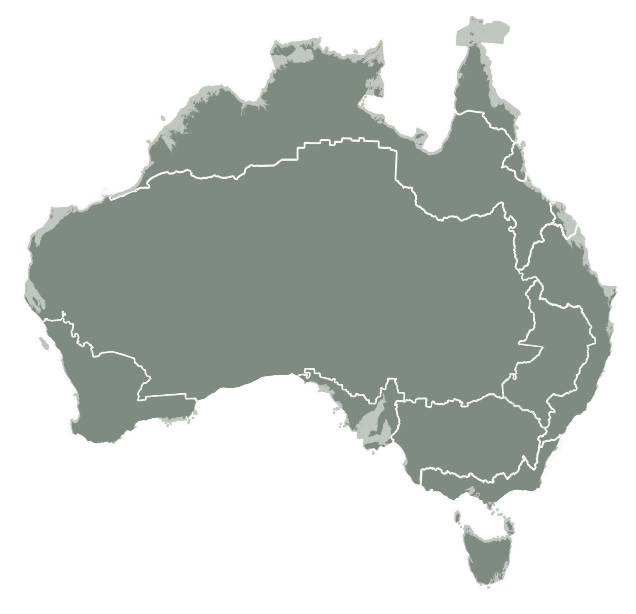Generally less rainfall in winter and spring is projected with high confidence, but with strong regional differences. Changes to summer and autumn rainfall are possible but less clear. For the near future, natural variability is projected to dominate any projected changes.
PAST RAINFALL TRENDS
The Southern Slopes experienced wet and dry decades through the 20th century, and shows a drying trend in rainfall since 1960, especially in autumn. The wet decades of the 1950s and 1970s were followed by a very significant period of drought, known as the Millennium Drought (1996 to 2009).
RAINFALL PROJECTIONS
In the near future (2030) natural variability is projected to predominate over trends due to greenhouse gas emissions. Understanding of physical rainfall processes (southward shift of winter storm systems), supported by climate model results, indicate rainfall decreases for winter and spring (high confidence), except for Tasmania in winter, where little change or increases are projected (medium confidence). The winter decreases over Victoria are up to 30 per cent in 2090 under high emissions.
By the middle of the century, and under high emissions, winter changes are projected to be evident against natural variability. Changes to summer and autumn rainfall are possible but not clear, although there is a tendency for decrease in Tasmania, particularly western Tasmania in summer and decrease in western Victoria in autumn. Available fine-scale modelling provides further detail on possible spatial variation in rainfall response.




